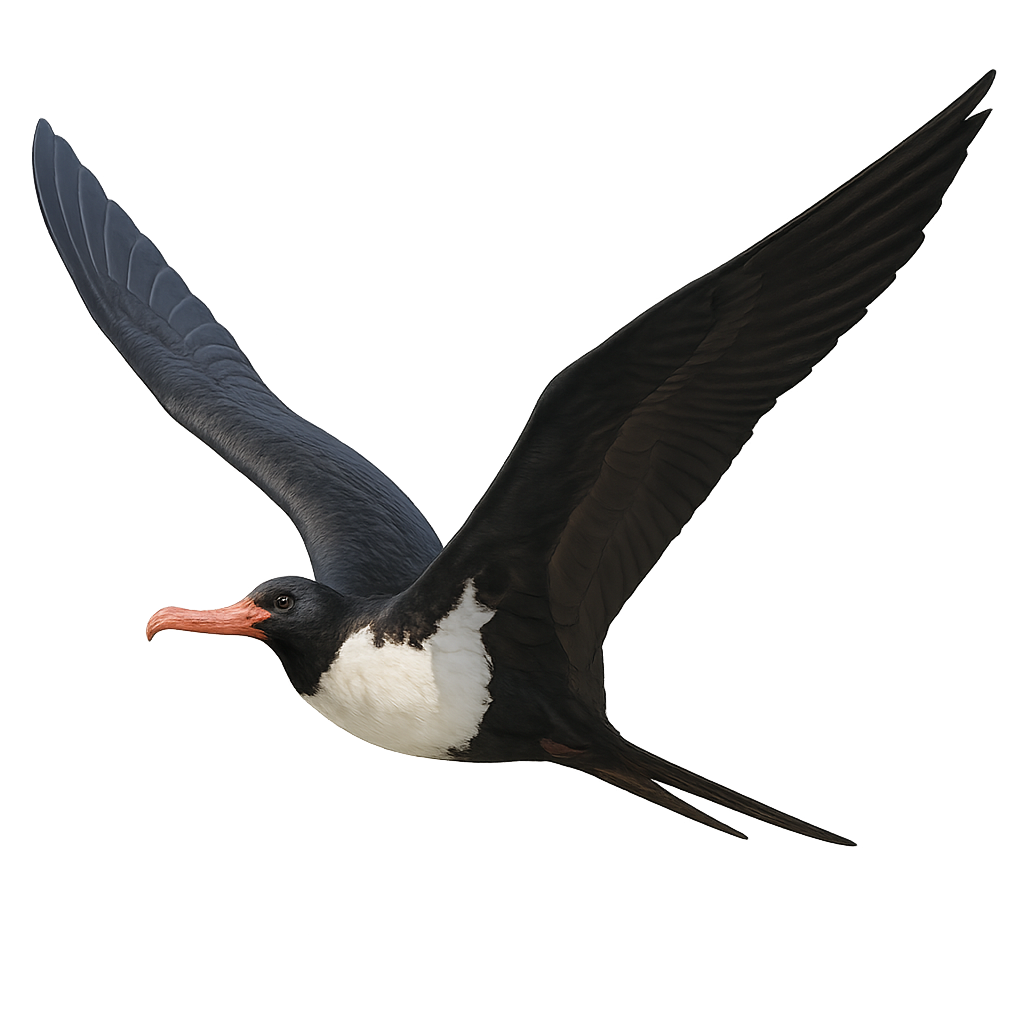Your wildlife photography guide.
Explore the christmas island frigatebird in detail, study its behavior, prepare your shots.
Where to observe and photograph the christmas island frigatebird in the wild
Learn where and when to spot the christmas island frigatebird in the wild, how to identify the species based on distinctive features, and what natural environments it inhabits. The WildlifePhotographer app offers tailored photography tips that reflect the christmas island frigatebird’s behavior, helping you capture better wildlife images. Explore the full species profile for key information including description, habitat, active periods, and approach techniques.
Christmas Island Frigatebird
Scientific name: Fregata andrewsi

IUCN Status: Critically Endangered
Family: FREGATIDAE
Group: Birds
Sensitivity to human approach: Suspicious
Minimum approach distance: 20 m
Courtship display: May to June
Incubation: 42-45 jours
Hatchings: June to August
Habitat:
Tropical forests, rocky coasts
Activity period :
Primarily active during the day, with peak activity in the morning and late afternoon.
Identification and description:
The Christmas Island Frigatebird, or Fregata andrewsi, is a seabird endemic to Christmas Island in the Indian Ocean. This majestic bird is recognizable by its glossy black plumage and slender silhouette. Males display a bright red gular pouch, which they inflate to attract females. Frigatebirds are expert gliders, capable of flying long distances without flapping their wings. They primarily feed on fish and squid, which they catch at the water's surface. Unfortunately, this species is critically endangered, mainly due to habitat loss and human disturbances. Conserving their natural habitat is crucial for their long-term survival.
Recommended lens:
400 mm – adjust based on distance, desired framing (portrait or habitat), and approach conditions.
Photography tips:
To photograph the Christmas Island Frigatebird, it is advisable to use a telephoto lens of at least 400mm to capture detailed images without disturbing the bird. The best photo opportunities often occur when the bird is gliding over the sea or perched on the trees of Christmas Island. Opt for early morning or late afternoon hours to benefit from soft, natural light. Be patient and discreet to avoid scaring the bird, and use a tripod to ensure camera stability.
The WildlifePhotographer App is coming soon!
Be the first to explore the best nature spots, track rutting seasons, log your observations, and observe more wildlife.
Already 1 449 wildlife lovers subscribed worldwide

